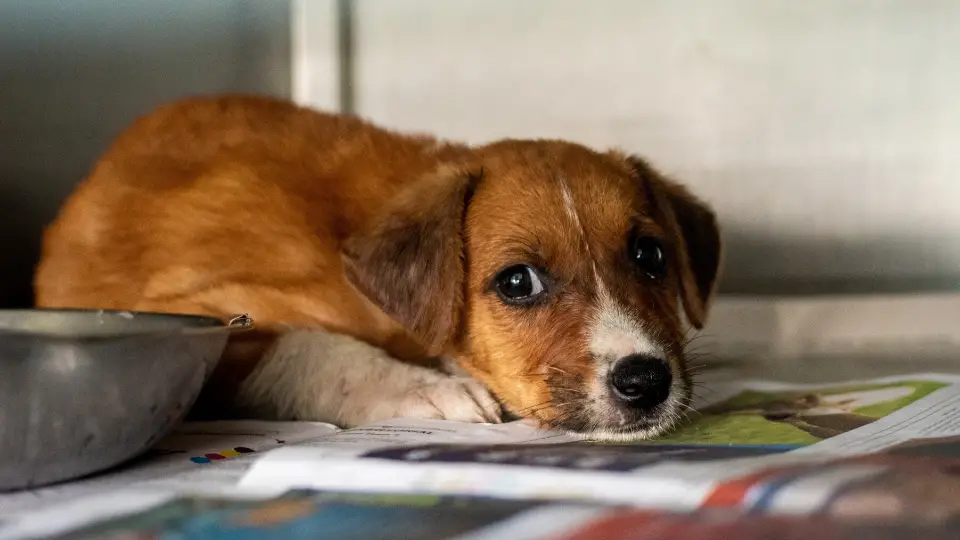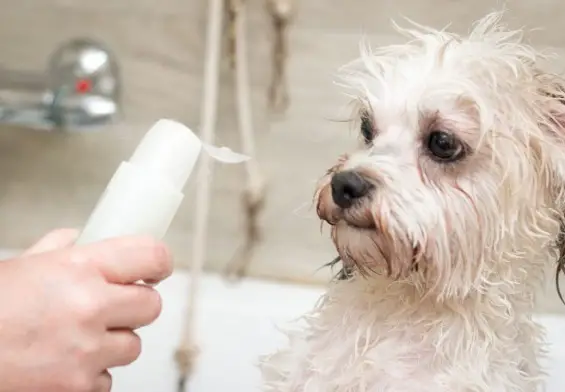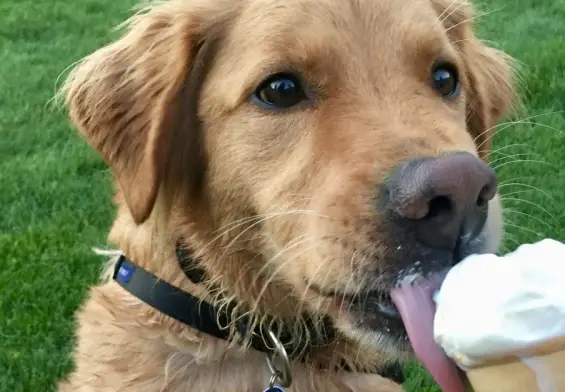Good Recovery Signs That Parvo if Going Away – How Long Does it Take
No dog owner would like to see their pet dogs fall sick. There are several types of diseases that can render your beloved dog sick like hell. One of them is parvo. It will not be wrong to say that parvo is every dog and puppy owner’s worst nightmare. In just a matter of a few days a playful and highly energetic dog can go from fit to sick. It is good to know that canine parvo is easily preventable. However, it is crucial for all new puppy owners and breeders to be aware of the various risks of parvo, ways to prevent it, and what to do if your dog catches the virus.
What Is Parvo Virus?
When you talk about parvo, it basically refers to a highly contagious virus. It causes gastrointestinal illness in dogs and puppies. If you leave the animal without timely and proper treatment, it may prove to be fatal for the dog.
A part of what makes parvo highly dangerous is the ease at which it can spread from one dog to another. It is possible for the virus to spread through direct contact with an infected dog or through the feces of an infected pet. An infected dog may begin shedding the virus within four to five days after getting exposed to it. This is often the case before a dog exhibits any clinical signs of infection.
This shedding continues even after it falls sick and up to 10 days after recovery. In other words, this basically signifies that an accurate diagnosis and proper quarantine is crucial for the health of the affected dog and other dogs around it.
Dogs That Are Most at Risk of Parvo
When it comes to parvo, almost every dog from different age groups are susceptible to it. Young dogs between 6-weeks and 6-months of age, incompletely vaccinated or unvaccinated canines are at most risk for contracting parvovirus. Some of the breeds that have an increased risk of contracting parvo are American Staffordshire Terriers, German Shepherd Dogs, Doberman Pinschers, Rottweilers, and English Springer Spaniels. However, scientists are at a loss for proper explanation as to why these breeds are at a higher risk as compared to others.
When it comes to puppies, they are normally born with antibodies from their mothers. Once these antibodies start fading, it is up to their owners to ensure a proper course of parvo vaccines is given to the puppies. A secondary parasite or infection along with parvo and the stress of weaning may give rise to a more serious case of parvo. This is why it is always recommended that you discuss with your vet and find out the right way to care for pregnant dogs and puppies.
Ways to Determine That Your Puppy Will Survive Parvo
Discussed above are ways a dog or a puppy may get infected by parvovirus. When a dog gets infected, it is possible for the animal to pass away due to the severity of the symptoms. Once they are treated properly and in time, there may be signs that show when a dog may recover. Some of these signs are discussed below.
- Stops Vomiting: Parvo virus causes the small intestine to bleed. Thus, it affects the gastrointestinal system, which leads to dehydration and vomiting. Upon getting dehydrated, a dog may make an attempt to drink. It is seen that an infected dog will automatically throw up any solid or liquid that it tries to consume. Keeping this in mind, one of the biggest signs that a dog is on the recovery path from parvo virus is when it stops vomiting blood or yellow foamy bile. In addition, a recovering dog will automatically stop foaming or drooling at the mouth.
- Eating Habits Get Back To Normal: Upon getting infected by parvo virus, dogs tend to lose their natural appetite. Due to this, dogs also lose their body weight despite their bloated bellies. When you notice that your dog’s appetite is returning to normal, it is a sure sign that your dog is getting back to normal and recovering from parvo virus. Your dog will be able to eat on its own and also retain food in its stomach. Talk to your vet and the specialist will design a proper diet for the dog to back its lost health.
- Stops Pooping Bloody Feces: As discussed above, parvo virus causes intestinal bleeding. As a result of this infected dogs tend to suffer from bloody diarrhea. Apart from the presence of blood, you will also get a strong odor from the poop. When you notice that the quality of the poop has improved and there is no sign of blood in it, you may be assured that the dog is steadily recovering from the viral attack. The color of the stool will go back to normal and will also get consistent. Once there is no sign of blood and the quality of the feces gets firmer, it is a clear sign of rapid improvement of the intestines.
- Level of Activity Increases: One of the biggest signs of parvo in canines is inaction or weakness. As the level of infection increases, your pet may fail to respond to your usual commands or calls. It may also lack proper energy to play or even eat. There are several other problems that are caused by parvo. These include sepsis, fever, and anemia. All of these have a great impact on the level of activity of your dog. When you notice that your mutt gets back on its feet without any help or support and also shows some interest in toys and games, you can understand that the dog is getting well from the infection.
Parvo Prevention
As mentioned above, parvo is a preventable disease. However, it is also true that even a vaccinated dog is not 100% safe from the virus. It is recommended for all dog owners to administer the parvo vaccine for puppies. This vaccine is normally given in a series of three shots when the puppy is between 6 to 8 weeks of age. It is once again administered when the puppy grows up to be a dog or a bitch and is between 10 to 12 weeks of age and 14 to 16 weeks of age. A booster shot follows that is given a year later and once every 3 years after that.
Unvaccinated puppies and incompletely vaccinated puppies are not supposed to be exposed to unvaccinated dogs or to any environment where unvaccinated dogs may have introduced the virus. Such places include boarding facilities or dog parks. It may be tempting for you to take your new puppy with you everywhere you go. However, it is important for you to understand that the animal’s health depends on ensuring proper safety until it gets its full dose of vaccines against some of the life-threatening diseases.
It is safe to socialize unvaccinated puppies with fully-vaccinated dogs in various safe environments, such as your home. Proper vaccination reduces the possibility of the virus spreading like wildfire. If you are thinking about sending your pup to a training school, better do your homework on the school so that your puppy does not suffer in the long run. It is also advisable to give all the vaccines to your puppy so that there is not any major risk of getting infected from any virus attacks that may be spread by other dogs in the vicinity. It is better that you discuss it with your vet before administering any vaccine.





